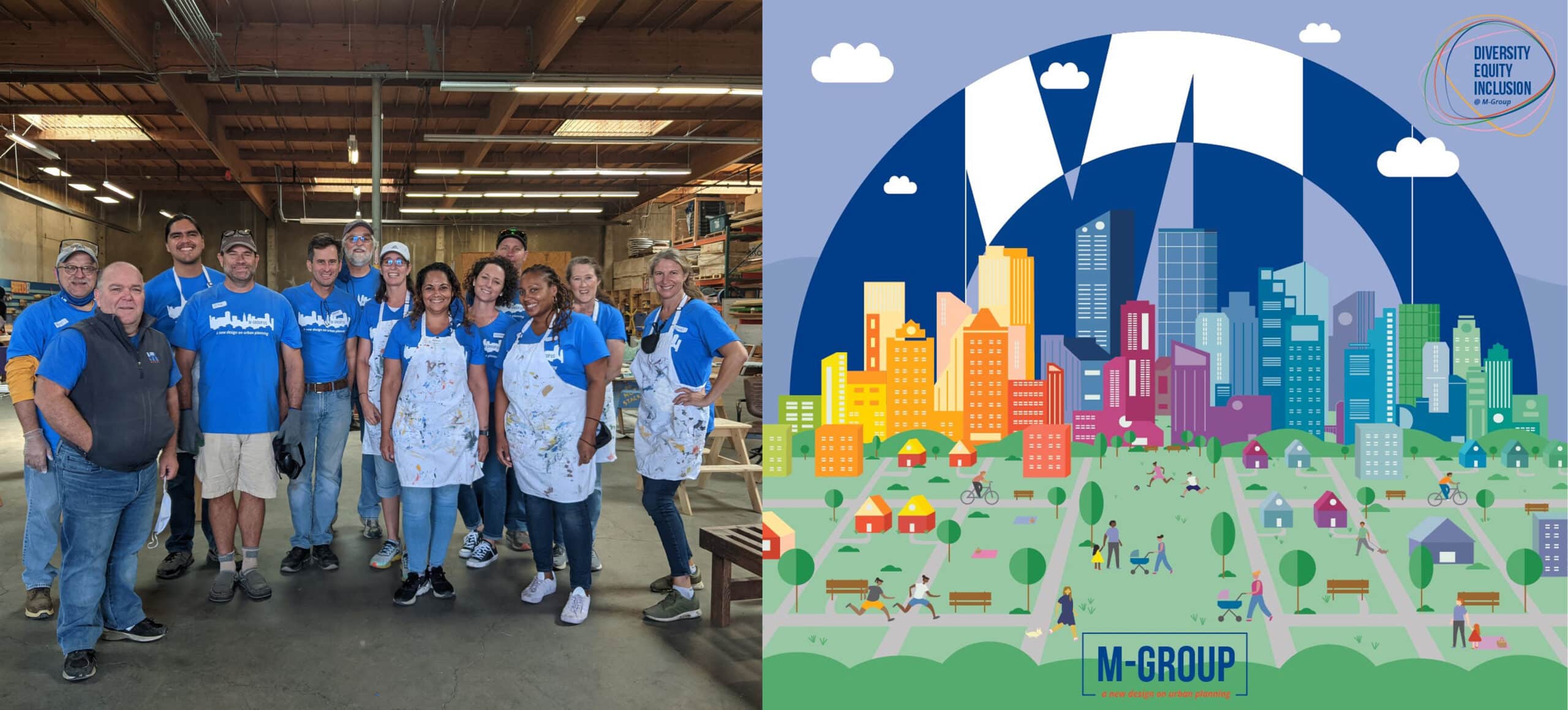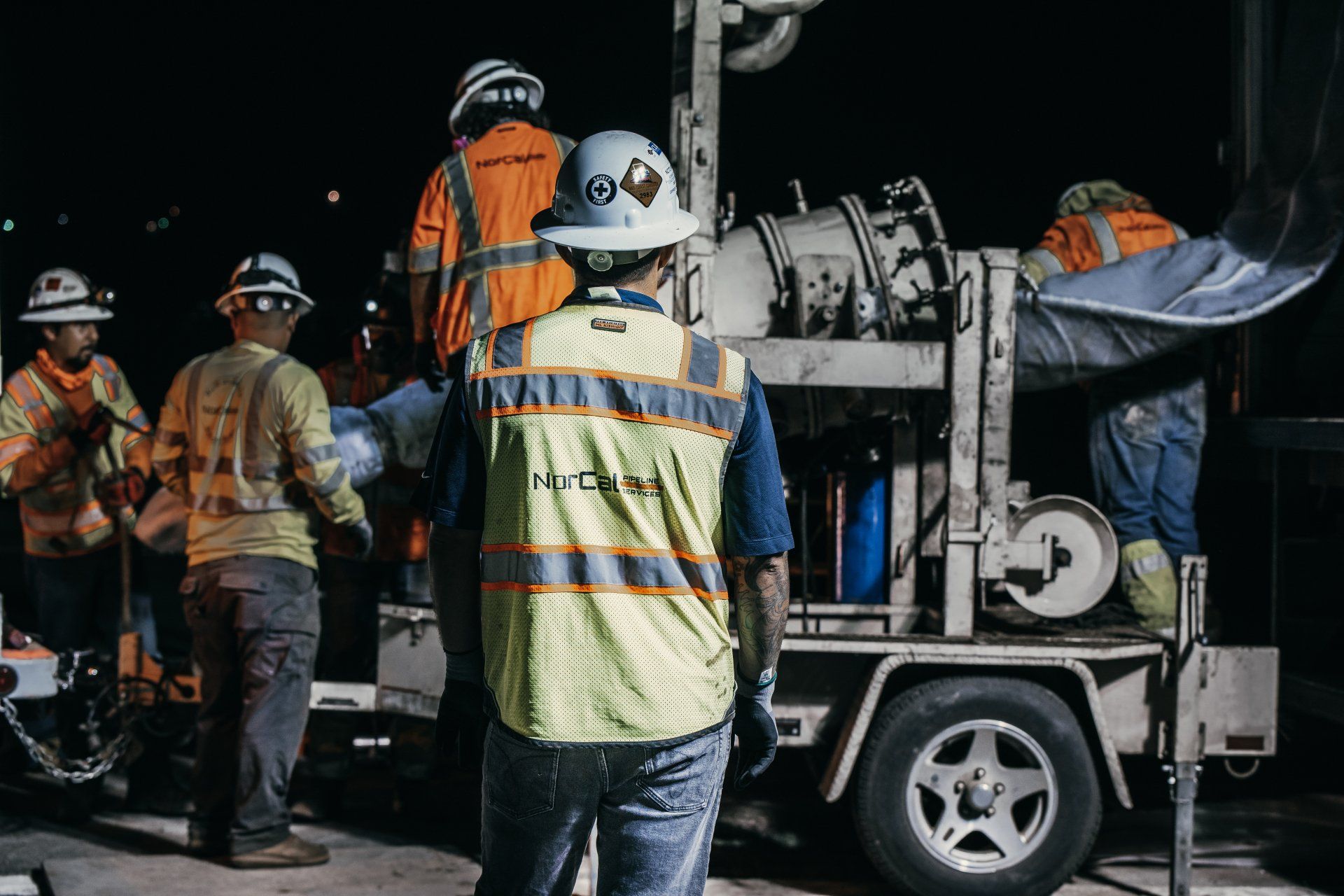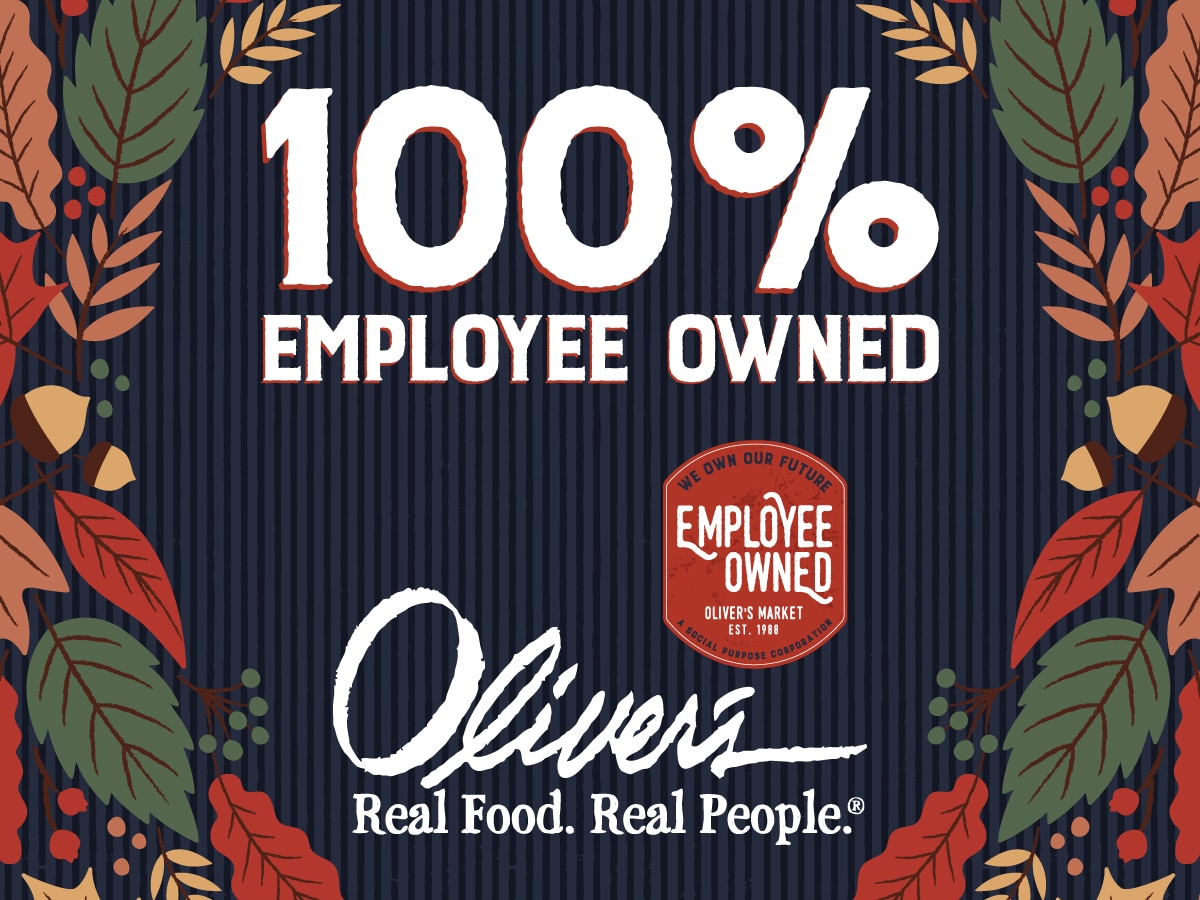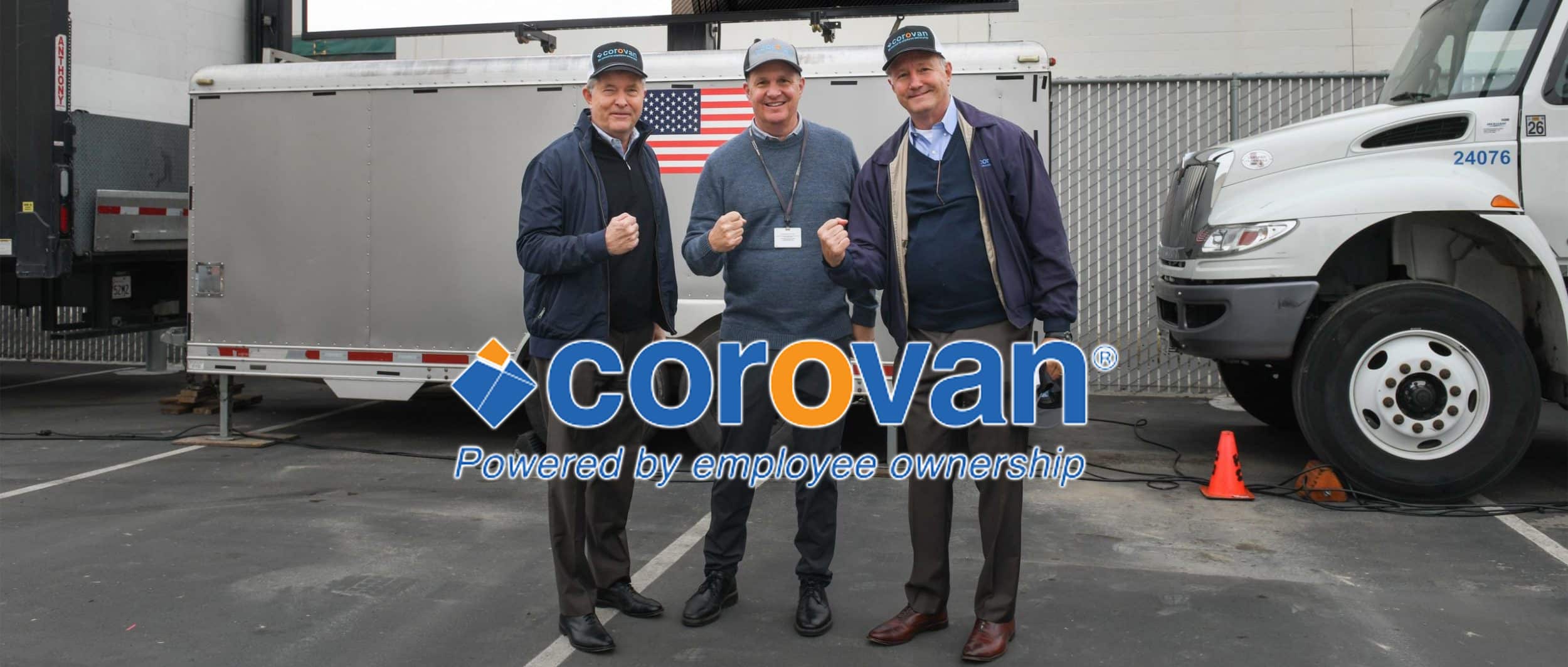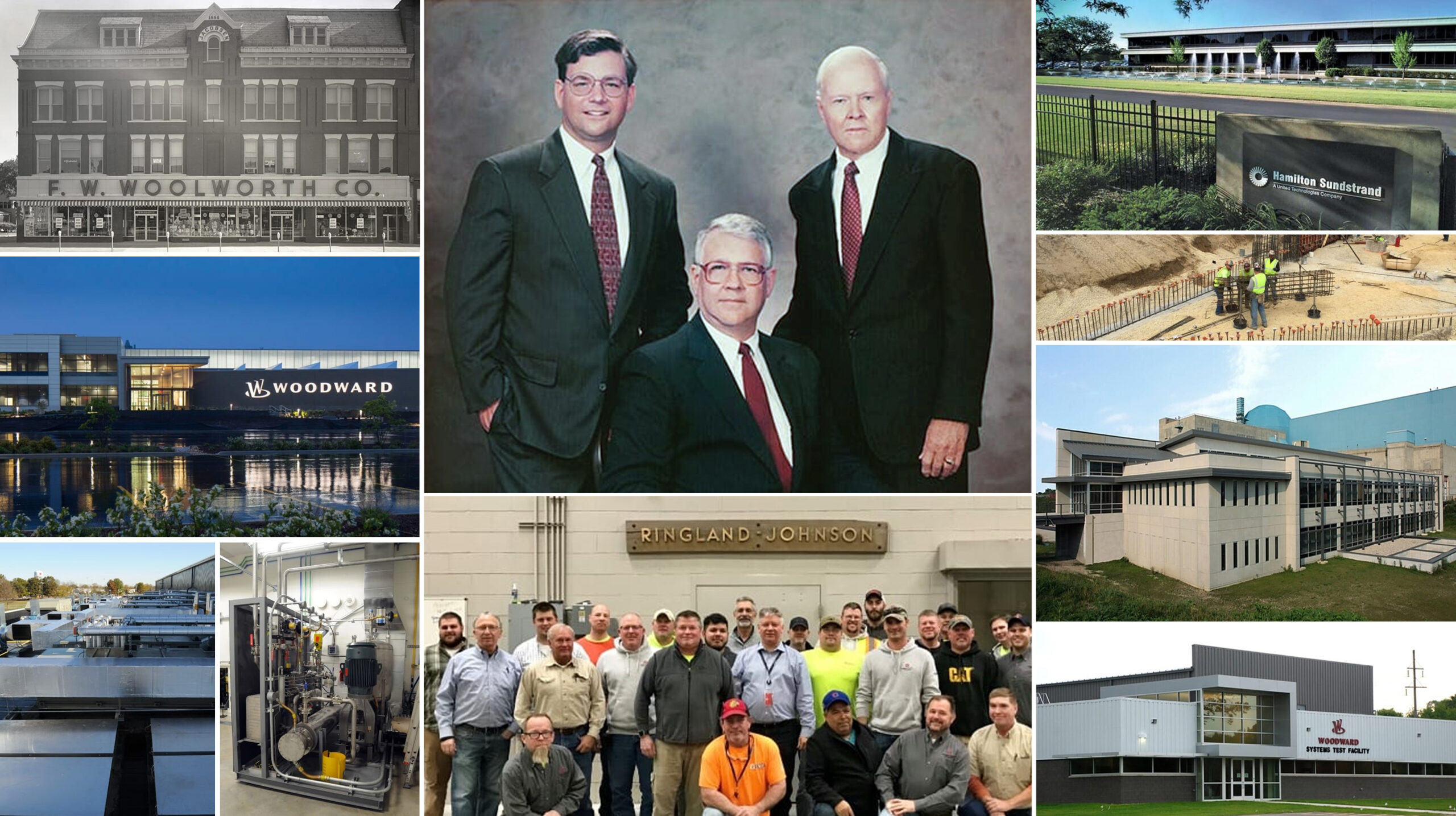Written in collaboration with Hilary Abell, co-founder, Project Equity
Black Lives Matter protests are currently continuing into their fourth week in cities and towns across America, shining a spotlight on the injustices of systemic racism. These protests have already had a positive impact, and if they can bring about a true reckoning with the violent over-policing of black and brown communities and prompt a dramatic rethinking of the policies and practices of policing in this country, those would be immense and necessary victories still to come.
But ending discrimination in our criminal justice system will not end systemic racism. For there to be true justice in this country, there must also be economic justice. That means confronting the roots of injustice, beginning with slavery and continuing through to redlining—both in its overt forms which were made illegal in the 1970s and the subtler forms which continue to this day.
Working toward economic justice also means actively combatting the effects of generations of discriminatory hiring and lending practices that have made it far more difficult for people of color to get good jobs, move up the ladder, start their own businesses, or buy homes.
The systemic denial of opportunities has relegated many people of color to low-paying jobs with little hope of advancement and little job security. In the age of COVID-19, many of these jobs are lauded as “essential,” but also put workers at risk—one of many factors that have caused Black and Latino communities to be disproportionately affected by the pandemic. Yale University researchers found that Black Americans are, on average, 3.5 times more likely to die of COVID-19 than white Americans, while Latino people are almost twice as likely to die as white people.
The racial wealth gap drives health and job disparities such as these. The Center for American Progress found that the wealth gap between white and Black households has only widened over the last 30 years. In 1998, Black households had roughly one-sixth of the median wealth of white households. By 2016, it was less than a tenth. The average wealth of white families rose by a third in that time, adjusted for inflation; the average wealth of Black families fell by half.
How can ESOPs help?
ESOPs can play a significant role in narrowing the racial wealth gap and boosting wealth and savings power in communities of color. A 2019 study published by the Rutgers Institute for the Study of Employee Ownership and Profit Sharing shows that “employee ownership can provide a significant wealth accumulation effect for all, and in particular for low-income individuals and families.”
ESOPs create business ownership opportunities that are all too frequently closed off to people of color. Project Equity’s recent report, “The Case for Employee Ownership,” draws from the Rutgers study and dozens of others to document the evidence base for the benefits of employee ownership to workers, businesses, and society. One of these is addressing the racial wealth gap, as employee ownership transitions often transfer business ownership from a white founder to a racially diverse workforce.
In other words, ESOPs put business ownership in the hands of people who might not otherwise have the chance. And as the saying goes at Menke: ownership is powerful.
Building assets
The Rutgers study notes that, “unlike 401(k)s, Roth IRAs, or most other saving structures, ESOPs require no reduction in family budgets to be started or to grow.” Because their company makes the contributions, employee-owners do not need to sacrifice their own paychecks to build their retirement accounts.
The study continues:
“Additionally, ESOP account values are not taxed while the employee is earning, nor are they considered in asset or income eligibility for federal or state tax or public benefits programs such as the tax credits (EITC), housing (Section 8), food (SNAP) and energy assistance (LIHEAP). This enables access to more opportunities to preserve and build wealth and a more secure future.”
In addition to their ESOP accounts, employee-owners are also more likely to have 401(k) accounts, as this and other studies have demonstrated.
When ESOPs empower lower-income employees to save for retirement, the impact can be extraordinary. The 2016 Federal Reserve Survey of Consumer Finances found that the national 25th percentile of retirement savings was only $10. The Rutgers study found that the 25th percentile of the low- to moderate-income employees in their sample with ESOPs was $113,325.
Just as the lowest-paid quintile of workers was dramatically better off in ESOP companies, a remarkable effect was seen among Black and Latino workers in the study as well. While the retirement savings of individual white workers in the study were 12-14 times higher than their white counterparts in the general population, the employee-owners of color had hundreds of times more retirement savings than their peers (a detailed breakdown across gender and race can be found on page 27 of The Case for Employee Ownership).
The Rutgers team spoke with multiple people of color who were the first in their families to be able to realistically plan for retirement. Others found other uses for their accumulated assets that would have been difficult to achieve otherwise. A Fast Company analysis of the Rutgers study notes that, “Many employee-owners who have reached either the age or tenure at the company where they can draw from their ESOP have done so to pay for college tuition, a down payment on a home, or to transfer wealth to their children–something that is quite common in the upper 10% of earners, but rare among families of color and low-earning households.”
Job security and longevity
The Rutgers study raises a critical point: over 60% of families of color in the United States “do not have sufficient liquid financial assets to sustain their households at or above the poverty level for three months if they lose their income.” Job losses, like the millions we have seen during the COVID-19 pandemic, are disproportionately devastating to people of color.
Not only are employee-owners at ESOP companies likely to have greater assets which would provide some protection in the event of a temporary loss of income; they are also less likely to lose their job in the first place. Thanks to their built-in worker-centric mentality, ESOP companies are six times less likely to lay off employees than traditionally-owned companies under stable economic conditions, and were 50% less likely to lay off employees during the last two recessions.
ESOPs also ensure that the business can continue serving its community and clients with its workforce intact after its founder retires, without the risk of job losses that come with selling to a competitor or an absentee owner. ESOP companies are also 50% less likely to go out of business over a 10 year period than traditionally-owned businesses, meaning they can continue maintaining and creating jobs in their community for years to come.
Better jobs
ESOPs have the power to turn low- to moderate-income jobs into promising careers. While even the best retirement benefits are no replacement for higher pay—particularly as ESOP companies often still suffer from significant pay discrepancies between white workers and workers of color—the data suggests that ESOP companies frequently offer higher pay, as well. The Rutgers study showed that employee-owners of color earned an average of 30% higher pay than non-employee-owners in similar roles.
The worker-focused mentality at ESOP companies also manifests in increased opportunities for skill development. The Rutgers study features numerous interviews with Black and Latino employee-owners who say they had more opportunities for leadership training, mentorship, or tuition assistance to further their education because of their ESOP.
Additionally, evidence suggests that ESOPs often provide workers with a level of financial education that they might not easily acquire otherwise. “Various forms of open book management and financial training build skills and knowledge that are transferable to personal financial management,” the study reports. In other words, when ESOPs encourage employees to learn about their company’s finances, they learn how to make better investments for themselves and their families.
Change that grows
One of the biggest drivers of the racial wealth gap is the difference in inherited wealth. Put bluntly, the first Black workers in this country were legally prohibited from building wealth, and their descendants faced systemic discrimination in jobs, housing, and access to capital, as well as in the criminal justice system. So Black families are far less likely than white families to have wealth and assets (including family businesses) that they can pass to the next generation. ESOPs create the opportunity for intergenerational wealth transfer.
Employee ownership also creates broader community benefits by stabilizing local employers and keeping their jobs in the community. Menke frequently works with companies that are among the largest employers in their area (for an example, read Menke’s recent case study on Basden Steel). When companies like these ensure their longevity through an ESOP, they create a change that resonates throughout an entire community. Because of the ESOP, this important employer can continue creating jobs. It won’t close down or move out of town, taking its crucial tax revenue elsewhere. The quality of the jobs it creates is higher. The employee turnover is lower. And the employees are more likely to be able to retire comfortably, buy a home, and pass wealth on to their families, ensuring that the benefits of those savings continue to ripple outward in the community even after their employment ends.
The Rutgers study writes, “Women and people of color in the ESOPs studied here are faring much better than women and people of color nationally in building wealth. This suggests that employee ownership is an important policy strategy that can reverse some of the national wealth gaps.”
ESOPs alone cannot close the racial wealth gap in this country, just as banning chokeholds will not end police brutality. But the Rutgers study and the others cited in The Case for Employee Ownership provide encouraging evidence that employee ownership is a powerful step on the path toward building an economy that works for everyone.
Menke & Associates, Inc. has helped over 3,500 companies successfully transition to employee ownership. Our holistic ESOP approach enables a positive outcome for the company, its employees and its shareholders. We believe ownership is powerful.
Project Equity is a national leader in the movement to harness employee ownership to maintain thriving local business communities, honor selling owners’ legacies, and address income and wealth inequality. Headquartered in the San Francisco Bay Area, Project Equity works with partners around the country to raise awareness about employee ownership as an exit strategy for business owners, and as an important approach for increasing employee engagement and well-being. We also provide hands on consulting and support to companies that want to transition to employee ownership, as well as to the new employee-owners to ensure that they, and their businesses, thrive after the transition.



